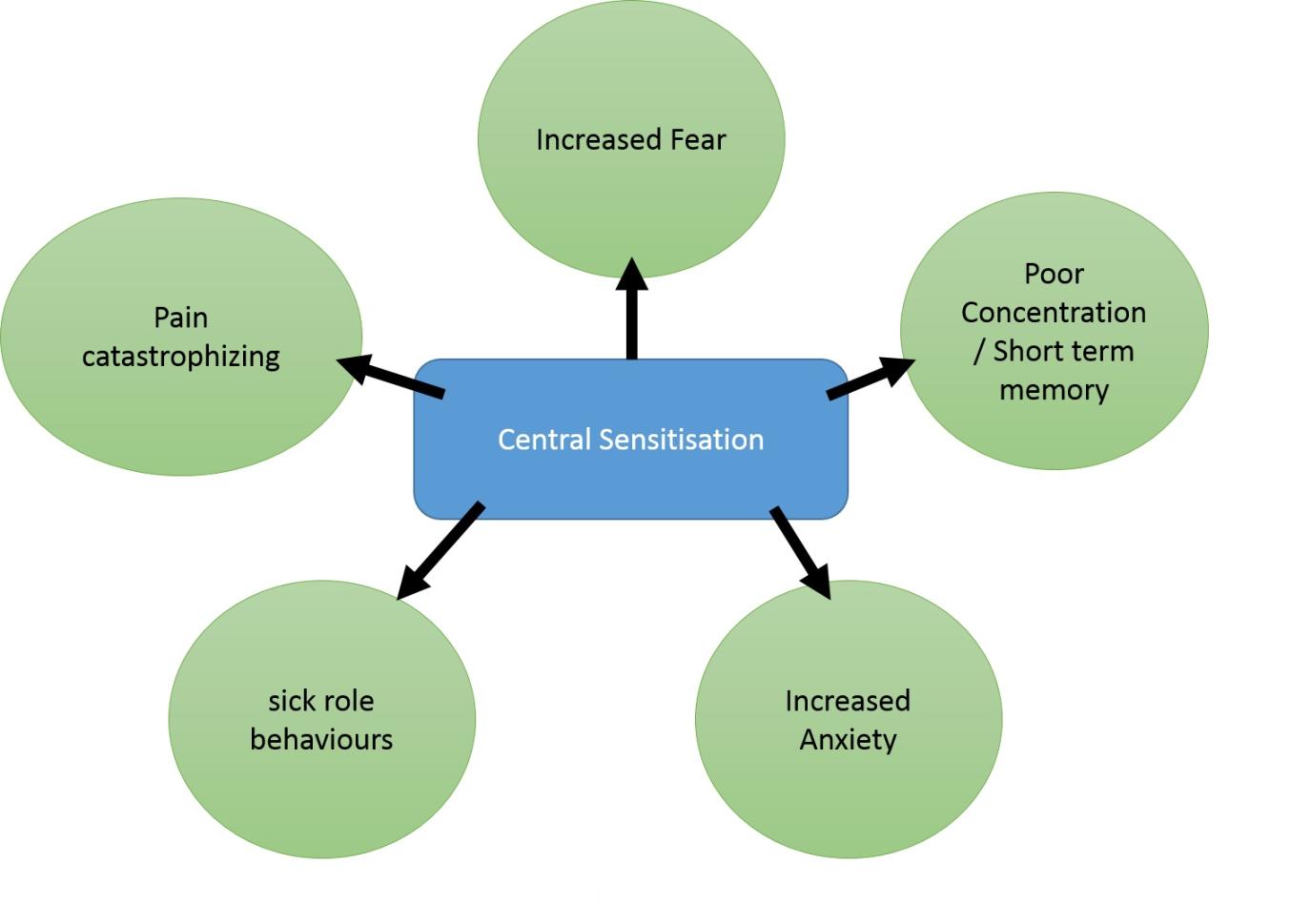What are the Emerging Trends and Future Directions in Neuroscience Education?
Neuroscience education plays a crucial role in advancing our understanding of the brain and behavior. It equips individuals with the knowledge and skills necessary to explore the intricate workings of the nervous system and its profound impact on our thoughts, emotions, and actions. Staying abreast of emerging trends and future directions in this field is essential for educators, researchers, and policymakers to create a more effective and engaging learning experience for students.

Current Landscape Of Neuroscience Education
Traditional approaches to neuroscience education often rely on lectures, textbooks, and laboratory experiments. While these methods provide a foundation for understanding the field, they may have limitations in terms of hands-on experience and the integration of cutting-edge research findings into the classroom.
Challenges And Limitations Of Traditional Methods:
- Limited opportunities for students to engage with the material in a hands-on manner.
- Difficulty in translating complex research findings into accessible and engaging teaching materials.
- Lack of integration between neuroscience research and education, resulting in outdated curricula.
Emerging Trends In Neuroscience Education
Recent advancements in technology and pedagogical approaches have given rise to a range of emerging trends in neuroscience education. These trends aim to address the challenges of traditional methods and provide students with more engaging and interactive learning experiences.
A. Virtual Reality (VR) And Augmented Reality (AR):
- VR and AR create immersive learning environments that allow students to explore the brain and nervous system in 3D.
- These technologies enhance visualization and understanding of complex concepts, making them more accessible to students.
B. Brain-Computer Interfaces (BCIs):
- BCIs enable direct communication between the brain and computers, providing real-time feedback on brain activity.
- Educational applications of BCIs include neurofeedback training, which can promote self-awareness, emotional regulation, and cognitive enhancement.
C. Neurofeedback And Biofeedback:
- Neurofeedback and biofeedback techniques provide individuals with real-time information about their brain activity or physiological responses.
- These techniques can be used in neuroscience education to promote self-awareness, emotional regulation, and cognitive enhancement.
D. Gamification And Interactive Learning:
- Gamification integrates game elements and interactive technologies into neuroscience education.
- Gamification increases engagement, motivation, and retention of information, making learning more enjoyable and effective.
E. Personalized And Adaptive Learning:
- Artificial intelligence (AI) and machine learning are used to tailor neuroscience education to individual learning styles and needs.
- Personalized learning improves student outcomes and addresses learning gaps by providing customized learning experiences.
Future Directions In Neuroscience Education

The field of neuroscience education is poised for continued growth and innovation. Future directions include the integration of neuroscience research into the classroom, interdisciplinary collaboration, neuroscience education for all, and addressing the ethical and societal implications of emerging technologies.
A. Integration Of Neuroscience Research Into The Classroom:
- Bridging the gap between neuroscience research and education is crucial for keeping curricula up-to-date with the latest findings.
- Strategies for incorporating cutting-edge research findings into teaching materials and curricula need to be developed.
B. Interdisciplinary Collaboration:
- Collaboration between neuroscientists, educators, and technologists can lead to the development of innovative educational approaches.
- Combining expertise from different fields creates more comprehensive and engaging learning experiences.
C. Neuroscience Education For All:
- Making neuroscience education accessible to students of all ages and backgrounds is essential for promoting neuroscience literacy.
- Initiatives and programs aimed at engaging diverse populations in neuroscience education need to be supported.
D. Ethical And Societal Implications:
- The ethical and societal implications of emerging technologies in neuroscience education need to be addressed.
- Responsible and ethical use of these technologies, as well as public engagement and informed consent, are crucial.
The emerging trends and future directions in neuroscience education hold great promise for creating a more engaging and effective learning experience for students. Continuous innovation and adaptation are necessary to keep pace with the rapidly evolving field of neuroscience. Educators, researchers, and policymakers must work together to embrace these trends and create a brighter future for neuroscience education.
YesNo

Leave a Reply